Situated in the Mustang region of Nepal and surrounded by Himalayan mountainscape, the Muktinath Temple, Nepal, is an essential sacred site visited annually by many Hindu and Buddhist pilgrims. Located at 12,172 feet elevation, this venerated temple dedicated to the Hindu God Vishnu espouses sanctity and the convergence of two major eastern faiths. With its sublime natural setting and spiritual significance, the Muktinath complex stands as a unique destination for religious travellers seeking divine blessing along the Mustang trail. Whether it is Muktinath or Pashupatinath Temple, Nepal, has a rich tapestry of spiritual destinations that attract pilgrims and tourists alike.
Set against the majestic Annapurna and Dhaulagiri Himalayan peaks, Muktinath Temple is both a sacred site and a scenic marvel. As a traveller, explore the Muktinath temple's rich history, architectural heritage, spiritual meaning, and practical details for visitors to this revered pilgrimage centre in Nepal's sublime Mustang district. We will cover everything you need to know about Muktinath mandir, Nepal, along with major attractions of Muktinath, Nepal, that have drawn travellers for generations.
History
While the precise origins of Muktinath Temple are uncertain, records suggest its existence as early as the 1st century AD, underscoring its ancient heritage. The location of Muktinath Temple is in the Mustang district of Nepal, nestled in the scenic Himalayan region, making it a pilgrimage site known for its spiritual significance and stunning surroundings. Numerous Hindu and Buddhist texts reference Muktinath, affirming the temple's vital significance in both faiths for over two millennia.
Muktinath, Nepal, is steeped in spiritual lore like the account of Lord Vishnu finding sanctuary there when cursed by a sage. Another enduring legend describes renowned 8th-century Hindu philosopher Adi Shankaracharya helping establish Muktinath as a foremost Hindu pilgrimage destination after his own visit. Tales like these connect ancient chronicles to timeless beliefs, conveying this hallowed site's draw for the faithful making the journey to receive its blessings to this day.
Major Attraction of Muktinath Temple, Nepal
- Muktinath Kunda
- Jwala Mai Temple
- Natural Beauty of Mustang
- Gumba Samba
- Swaminarayan
- 108 Sacred Water Spouts
- Buddhist Monastery
- Shaligram
Muktinath Kunda
There are several compelling reasons that draw visitors to make the journey to Muktinath's sacred terrain through the ages. The foremost is its immense spiritual significance as home to the Mukti Kund pond and vibrant shrines that have been objects of veneration in Hindu and Buddhist traditions dating back thousands of years.
In front of the Muktinath Temple, there are two sacred water ponds known as Kunda. These ponds serve as a place for spiritual cleansing through holy dips, believed to possess the transformative power to purify individuals from negative karma and the consequences of past unfavourable deeds.
Jwala Mai Temple
Just below Muktinath mandir, Nepal rests an architectural jewel - the Jwala Mai temple, constructed in traditional Tibetan fashion. This shrine garners fame for the water emanating from a rock within. More intrigue awaits behind a curtain where three inextinguishable flames fed by natural gas jets have burned for eons. Hindu chronicles explain the "holy flame from soil", "holy flame from rock" and “holy flame from water” as primordial fire lit ages ago when Brahma achieved the impossible feat of setting water ablaze as penance. Two pyres eternally dance here from that distant act of creation’s master now revered as sanctification for pilgrims who flock for sight and blessings from the bowels of this earthly mandir. Through apparent miracles made mundane by modern science, the fires singularly draw faithful who still see the divine in the worldly.
Natural Beauty of Mustang
Muktinath Temple is located in the Mustang district which is known for its stunning natural scenery. The area is a trekker’s paradise with trails winding through barren yet captivating landscapes, dееp gorges and snow-covered mountains. The Kali Gandaki River flows near the temple and makes for a picturesque sight. The magnificent Dhaulagiri and Nilgiri mountain ranges form an enchanting backdrop. This provides opportunities for photography and creates memorable views for visitors. The dramatic natural beauty surrounding Muktinath Temple is an integral part of the experience for pilgrims and tourists alike.
Gumba Samba
This monastery has Tibetan origins. According to legend, it was founded by the Syandol Lama, a monk from Tibet. The monastery was used as a hostel for monks before falling into disrepair. It was later restored by people from the nearby villages of Khinga and Jharkot. The main deities worshipped here are Sakyamuni, Chenrezig and Guru Rinpoche. The monastery is located to the left of the entrance gate of the Muktinath temple complex and is worth visiting.
Swaminarayan
The Hindu guru Lord Shri Swaminarayan has ties to the Muktinath temple in Nepal. He was a spiritual teacher of the Sabij Yoga tradition. In the late 18th century, he is said to have performed intense spiritual practices at Muktinath for two and a half months, attaining high spiritual realisation. In 2003, his followers funded the construction of a new wall around Muktinath temple, Nepal, and erected a small monument for him there. The temple has significance for followers of Lord Swaminarayan.
108 Sacred Water Spouts
The Muktinath Temple in Nepal has 108 stone spouts that provide a constant flow of water. These spouts, known as Mukti Dhara, are an important sight for pilgrims and visitors. They hold religious significance in Hinduism, representing sacred water sources described in ancient scriptures.
Devout Hindus travel great distances to bathe under thеsе spouts. The cold water is considered pure and spiritually cleansing. Bathing hеrе is believed to wash away sins and bring dеvotееs closer to moksha or salvation. The 108 spouts symbolise devotion and the search for inner liberation in Hinduism. Though the exact origins are unclear, the spouts remain an integral part of worship at Mukti Nath Temple.
Buddhist Monastery
Next to the Hindu temple is a Buddhist monastery dedicated to Guru Rinpoche. This adds to the range of spiritual traditions present at Muktinath. The monastery provides a calm, contemplative environment for monks and visitors alike. Its Tibetan-style artwork and overall peaceful ambience promote tranquillity. Monks devotedly going about their daily rituals also contribute to the meditative atmosphere. The monastery offers a quiet, reflective space for spiritual reflection in contrast to the bustling temple. Though smaller in scale, it is an integral part of the Muktinath complex.
Shaligram
The Kali Gandaki River near Muktinath Temple offers another draw for pilgrims. Fossils from the Jurassic period can be collected from the river or purchased from local vendors. One particular fossil called Shaligram, a black stone, is considered sacred in Hinduism as a symbol of Lord Vishnu. According to Hindu scriptures, the Kali Gandaki is made up of seven rivers said to have sprung from the cheek of Lord Vishnu. Called Krishna Gandaki or Chakranadi in holy texts, the river is revered as one of the most sacred. Collecting fossils like Shaligram along the Kali Gandaki adds spiritual meaning for devotees visiting Muktinath.
Best Time to Visit Muktinath Temple
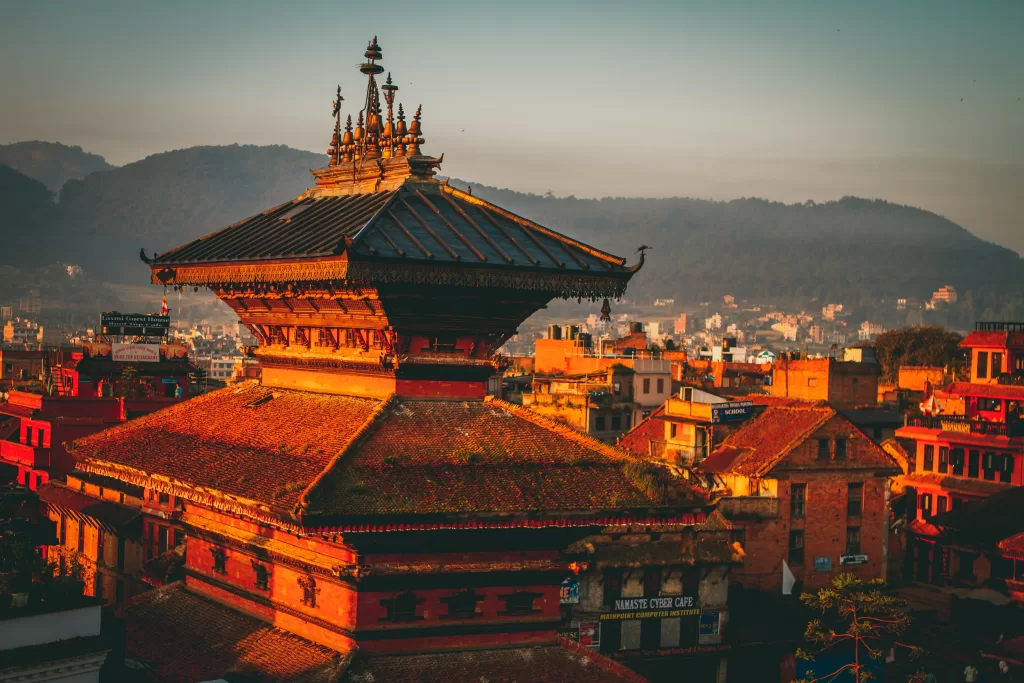
Explore the optimal time to visit the Muktinath temple, taking into account weather conditions, religious festivals, and individual preferences.
The idol at Muktinath temple is a sacred representation, attracting pilgrims and visitors who seek spiritual blessings and a connection to the divine. The best time to visit Muktinath temple in Nepal depends on weather, festivals, and individual factors. The temple is located at a high altitude with extreme temperature variations. The most pleasant weather is in spring (March-May) and autumn (September-November) when skies are clearer. Monsoon season (June-August) can be wet and cloudy. Winter (December-February) brings heavy snowfall that can obstruct the trek to the temple. Major Hindu and Buddhist festivals also draw bigger crowds. So those wishing to avoid crowds may want to avoid festival times. Overall, the ideal time to visit is based on personal preferences around weather, crowds, and celebrations. Advance planning helps ensure the timing matches one's goals for their pilgrimage.
For a seamless holiday planning experience, opt for Veena World as your travel companion. Explore our diverse range of Muktinath tour packages, designed to ensure you make the most of your trip!













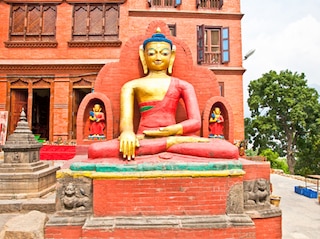
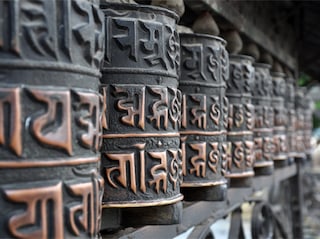





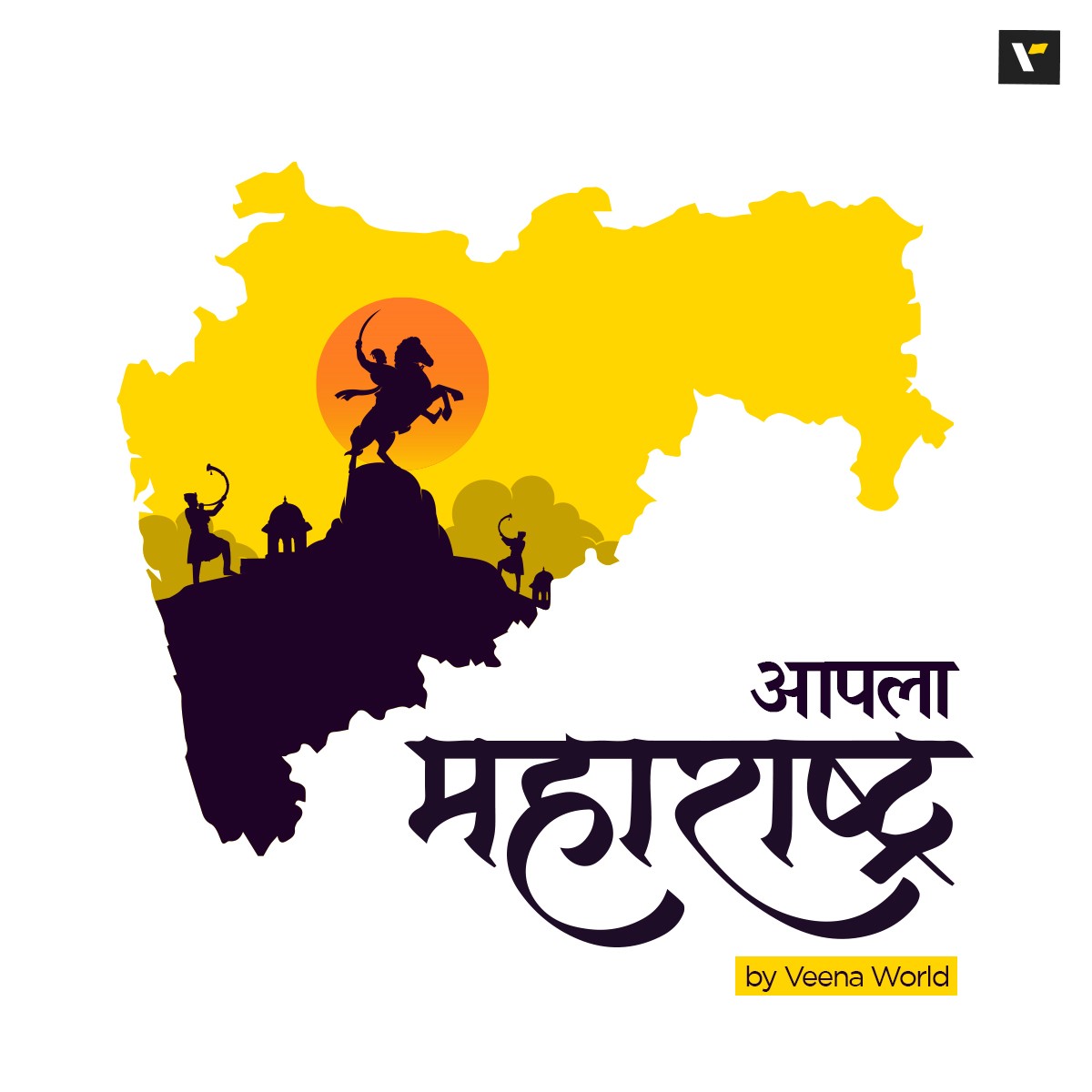









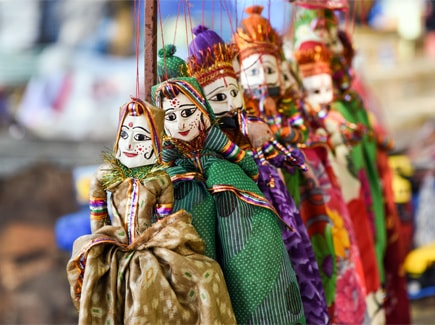
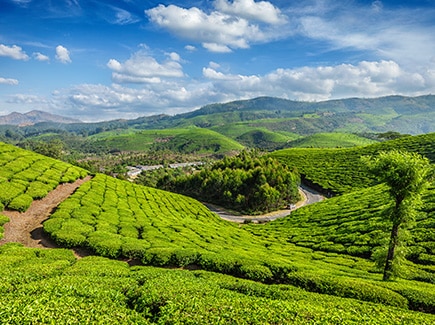


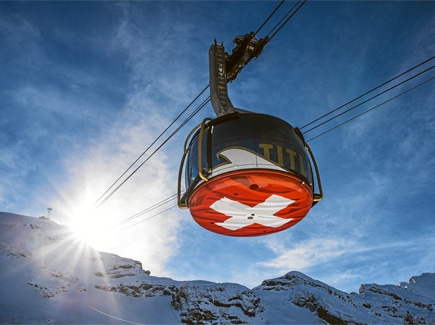
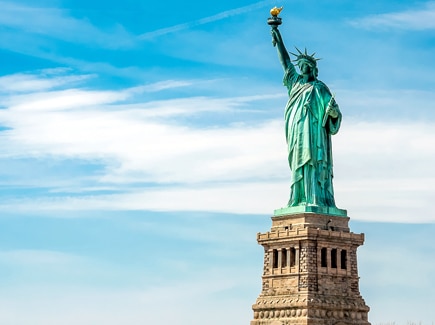

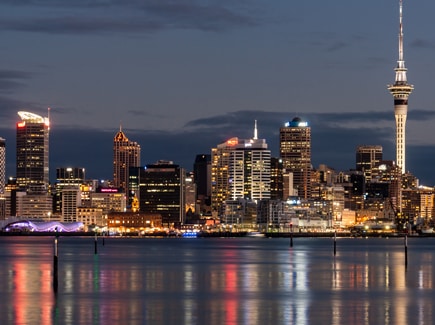




Post your Comment
Please let us know your thoughts on this story by leaving a comment.